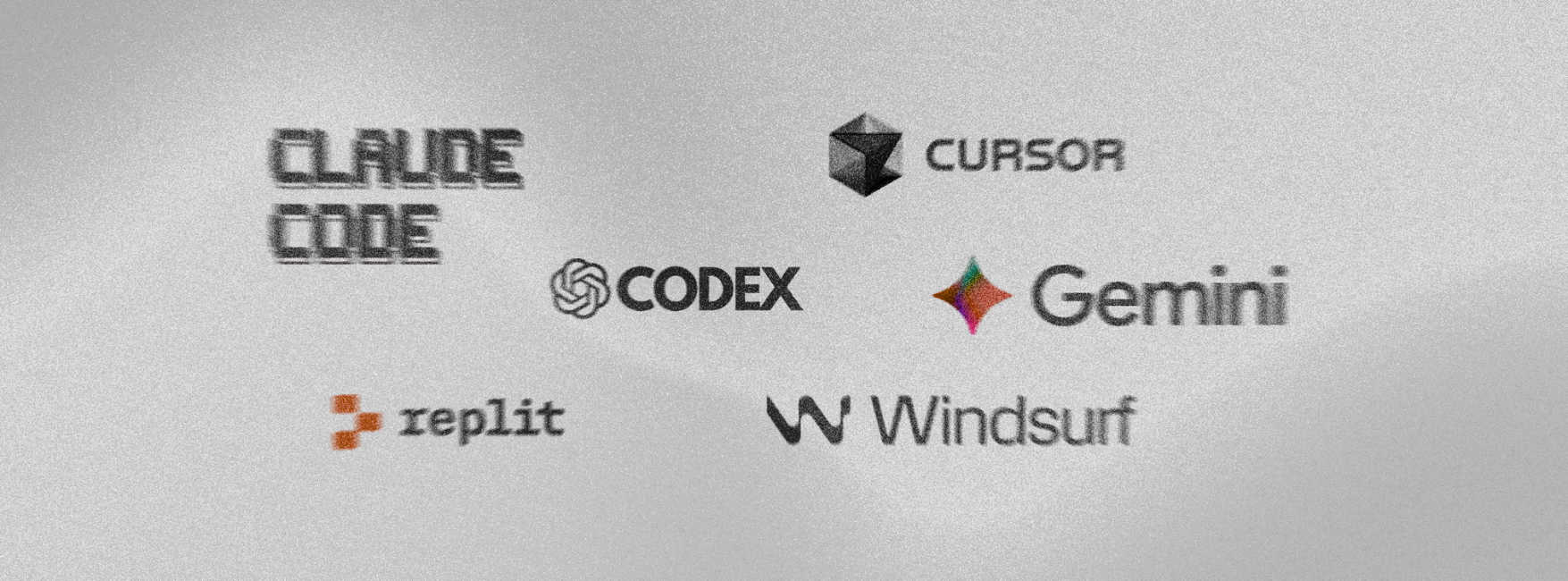You've come up with a really cool idea that you are certain will be the next big thing. You tested it and the results prove you right - but you already knew that would happen. Your product is so good that it will practically sell itself, right?
Well, let's put it this way:
Think about Apple's Macintosh, the first (user-friendly) personal computer. Surely a product like this was going to practically sell itself, right? In reality, the true reason for its wild success was the clever marketing campaign that included the legendary 1984 advertisement that played during the 1984 Super Ball.
Every product, no matter how amazing, needs marketing.
You might not have the $5 million to run a Super Ball commercial today, but you can still develop a killer marketing strategy that will really get the message across, and attract the precious early adopters.
The truth is, however amazing your product is, is no good to anyone if they 1. don't know it exists, and 2. they aren't convinced that this is THE next best thing they NEED to have.
And the worst part is, sooner or later your competitors will come up with something equally as, or even more innovative, and beet you in the race.
Marketing is here to help you fulfill the maximum potential of your product in the shortest period of time. Here is how you do it:
How to create a killer launch marketing strategy?
1. Pick a niche
Odds are that even if you have investor backing or personal savings, your marketing budget is limited. You need to get this part right. Narrowing down on a specific segment and understanding it is key to the success of your launch strategy.
Enter the mind of your target customer. You might think that he and you are the same - but that is highly unlikely. You might have a lot in common but you are not as similar as you think. Do your research. Talk to people online and in real life. Follow the digital breadcrumbs they leave behind. See what he or she cares about most in relation to your product.
At the time Apple launched the Mac, they were sure that they had a spreadsheet, database, and word processing machine, but what really made the Mac successful was Aldus, the first desktop publishing software - which made the Mac the go-to DTP machine.
The key takeaway is that there are many reasons why people might like to use your product - but in order to discover which one is the predominant one you need to do your research and let go of any presumptions.
Understanding your customer, and the needs that drive his behavior is the key to targeting him with the right message on the right platform. Thanks to digital technology, it's much easier to do this today than it was back in the 90s. Here are 2 easy things you can do today to find out what you need to know:
1. Even though your product is unique, you must have competitors (brands with a similar product or value proposition). Check out their online (and offline) activity. They might not be doing everything right, but it's a good place to start.
2. Run A/B & split tests to see which messages drive the most conversions. This is the best way to discover what works and what doesn't (this is how Tim Ferriss decided what to name his bestselling book The 4 Hour Work Week)
2. Go back to Basics
A lot of people think of Marketing as a concept that only pertains to the promotion, but that is far from the truth. Marketing is everything a product and a brand is, does and stands for. It's the whole customer experience, from the discovery stage, through the buying process to the user experience.
If you studied Marketing this is going to be a real blast from the past, but even if you didn't, surely you've heard of the 4Ps marketing model. The 4 Ps stand for Product, Promotion, Place, and Price. They are the 4 elements of every product that ultimately determine its success on the market. As you can see, Product and Promotion are just ½ of the story.
The 4 Ps are a very useful tool for evaluating all the aspects of a product that a customer cares about. That's why, especially in the beginning, as you are establishing the brand, you really need a holistic approach.
3. Think twice about the Price
A very important aspect of any product is how much are you asking for the customer to give to you for it. In more fancy terms, this is the comparative price and the value-to-price ratio. The price determines the market positioning of your new product, as well as the target audience. You should think about the price before even developing your product.
Cost-Plus Pricing is a well known and common pricing strategy, but it is considered relatively outdated in today's terms. Simply because it's not a very effective way of pricing a product. It's a bottom-up approach, that looks at costs first, and then ads a profit margin to the number. It's not that you shouldn't think about the costs, but rather understand that the customer doesn't care about it. They only see the amount they have to pay and compare that to your competitors.
Taking this into consideration, there is a better, more effective way of thinking about price. You might not have any competitors (yet), but there are certainly near competitors and alternatives that you might not consider as an alternative, that your customer certainly does.
Competitor-based pricing as a top-down approach is a lot more effective in creating a price that will sell. Evaluate the market, and consider how much will your early adopter be willing to spend on your product.
Then, try to meet that with developing a product for that price. Don't forget to count on marketing fees in the costs as well.
You can read more about the various types of pricing strategies here, but this model is probably the best route to market success for new brands.
And this Competitive Positioning map will help you wrap your mind around what your customers will think and consider before committing to your offer.
4. The place is just as important.
Another important and often overlooked aspect of marketing is the place. Where your product will be available (especially in the beginning) also affects the positioning and the target audience.
Why?
The same product is bought by different types of people in different places (online vs. offline, specialty shops vs. department stores ). Because it affects the target audience, where your product will be available also affects your marketing activities.
In most cases, it's best to start selling a product online, just because the "store" fees and advertising cost is comparatively lower than opening up a brick and mortar stores and including traditional advertising costs. That is not to say that you can't do a mix of the two.
Also, be mindful of the location where your product is sold: will it be sold only in one city, the whole country, or the world? Even if it's the last one, you need to start somewhere, so pick a smaller area, to begin with.
5. Tell the right story
Once you've figured out who your target customer is, how much he will pay, and where he shops, you can move on to the fun part: branding.
Branding encompasses everything from your logo and product design, to your language, packaging, the places where you promote yourself, and even the colors that you use in your visuals.
Your brand has a personality, and your consumers perceive and judge you just like they would another person. Once they see some of your characteristics, they decide if they want to be your friend.
Apple happens to be one of the best examples of branding - probably in the history of time. Using a product says a lot about you. It defines you as a person, and you want to be associated with symbols that project who you are or want to be.
People love showing off their apple logo. That doesn't happen with other devices, and that is not to say that their logos aren't nice enough to be exposed.
Simply put, having an apple logo on your products say things about you: that you appreciate good design, that you don't mind investing in better user experience, and in some cases, using it as a status symbol.
This is no accident, rather a result of meticulous storytelling, through a presentation, product design, packaging and store design, and an amazing UX.
Branding is intertwined in everything you do, especially the way you tell your story. It's trucky though - making just one wrong move, especially in the beginning, can be detrimental to your brand perception.
Choosing the right visual and verbal messages that go on your packaging and your ads, and especially on your website is key. And don't be afraid to be human. People are more likely to trust a personable brand - but this also depends on the niche.
If you are trying to appeal to teens, you'll be much better off using slang words and relatable messages, but if you're dealing with older and more serious men with an income of over 60k a year, a more professional approach is definitely in your favor.
Apple, for example, was targeting the tech-savvy enthusiasts who were dreaming of a more user-friendly interface, but also the common man that had never tried a computer - though wanted to have one and could afford to make the investment.
And here is the story that they told to attract these 2 groups:
Final thoughts
Launching a new brand or product can be very stressful - and as the creator (and business builder), the day to day can really put you in a vacuum, focusing on the micro instead of the macro.
If you find it hard to relate to your customer and really put yourself in his shoes, you should consider consulting with an external expert. Even Apple had a lot of help from innovation agencies and worked with many marketing experts and agencies to get the desired boom at its product launch.
Someone with fresh eyes and lots of marketing experience and knowhow can see things you might be missing and send you up the right path.
With the right tactics and approach in your launch, people could one day be camping in front of your stores to get the newest addition of your product too.
If you are in the process of developing and launching a new product, you should definitely contact us for a consultation. This might be your lucky day because expert advice is just one click away.







.svg)